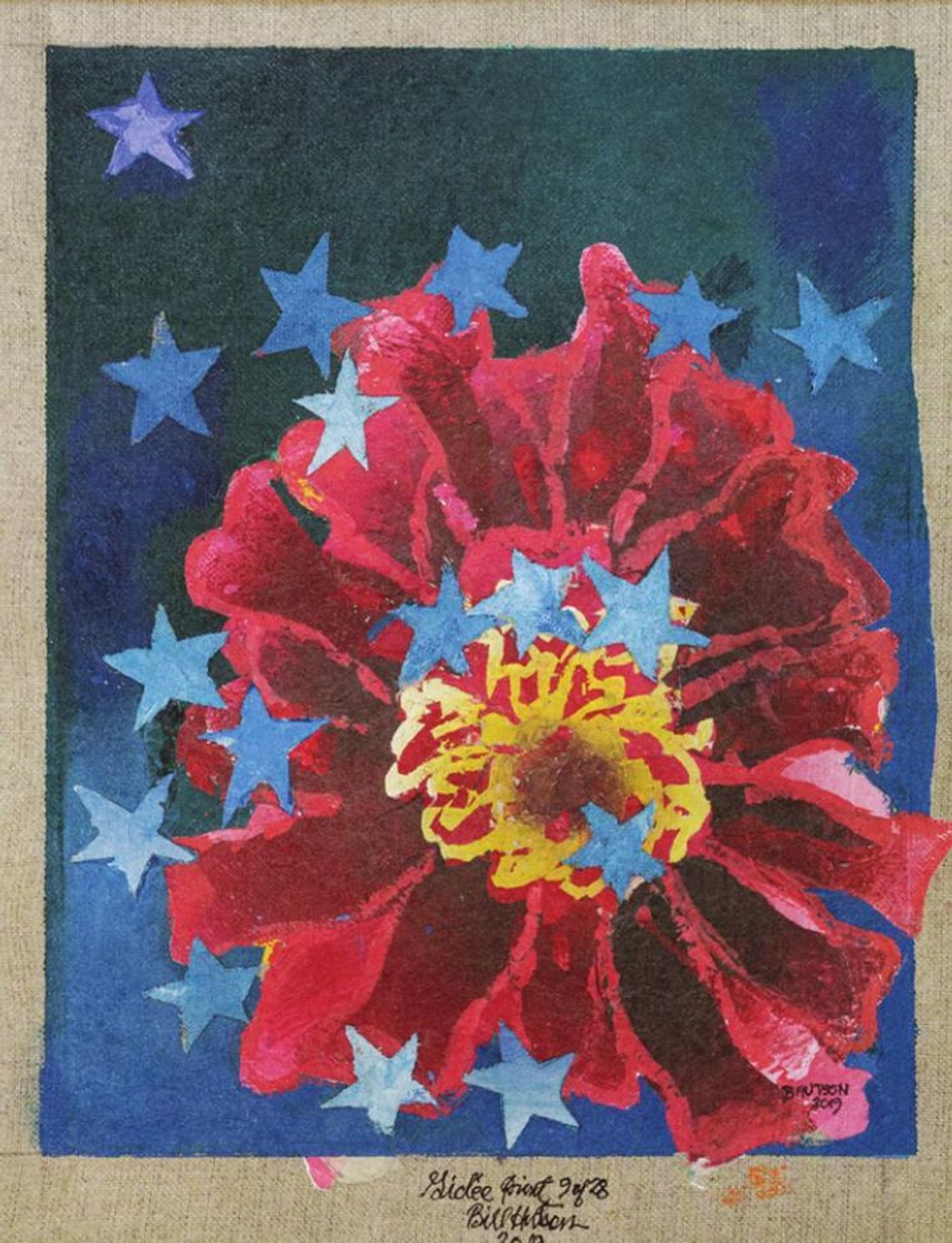In the dense early fog of Dec. 1, as Sights and Sounds prepared for its first night, a small truck — Atelier 4 — arrived at the San Marcos Art Space in downtown San Marcos, a stop along their coast to coast delivery route.
As the drivers unloaded their cargo from Lancaster, Penn., the fruits of more than two years of planning took a major step toward physical reality — the presentation of a citywide exhibition celebrating the artwork and legacy of visual artist/painter Bill Hutson.
As more than 60 artworks were unpacked, the excitement of the adults from five local art venues was easily comparable to that of children’s anticipation of the local holiday carnival’s opening.









